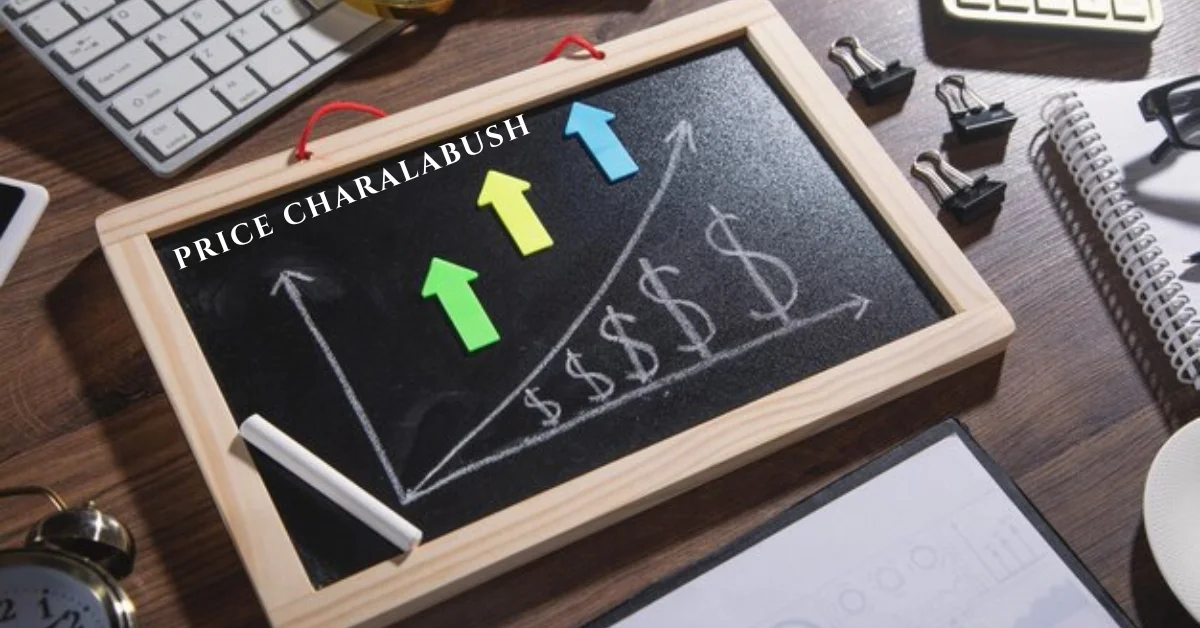Price Charalabush: Complete Guide to Value and Trends
The term Price Charalabush has recently gained attention in financial, cultural, and business circles. Many people are curious about what it means, how it impacts pricing strategies, and why it matters today. Understanding this concept helps businesses, investors, and everyday buyers make smarter decisions. In this article, we will break down everything about Price Charalabush—its origins, applications, pricing models, market impact, and future trends—so you can get a full picture of why it is relevant in today’s fast-changing world.
What is Price Charalabush?
Defining the Concept
Price Charalabush refers to the structured approach to evaluating cost, demand, and long-term sustainability in a given market. Unlike basic price tags, it reflects deeper economic behaviors such as consumer psychology, supply-demand balance, and global trade influence.
Why It Matters
- It helps businesses set competitive yet profitable pricing models.
- It gives consumers an understanding of fair market value.
- It offers investors insights into market performance and risks.
The Origins of Price Charalabush
Historical Background
The origins of Price Charalabush can be traced to early trading communities that sought balance between affordability and profitability. Over time, economists refined this concept, giving it more formalized meaning in business strategy.
Evolution in Modern Markets
Today, Price Charalabush is applied in retail, e-commerce, technology, and even real estate. Globalization and digital platforms have expanded its importance, as businesses must adjust to international pricing pressures.
Factors That Influence Price Charalabush
Supply and Demand Dynamics
The most significant factor in Price Charalabush is the balance between supply and demand. When supply is high and demand is low, prices drop. When demand spikes and supply is limited, prices rise.
Production and Operational Costs
Raw materials, labor, and technology investments directly influence how businesses set their Charalabush price models.
Consumer Behavior
Customer willingness to pay impacts the final pricing decision. Emotional triggers, brand reputation, and marketing strategies all shape this.
Economic and Political Conditions
Global inflation, trade regulations, and currency fluctuations create ripple effects in pricing. For example, energy price changes can alter the entire supply chain cost structure.
Applications of Price Charalabush in Business
Retail and E-Commerce
In online stores, Price Charalabush is used to analyze dynamic pricing models where prices shift based on demand, competition, and consumer activity.
Real Estate
Developers and investors use it to determine the right pricing for properties in both booming and declining markets.
Technology Industry
Software and SaaS providers rely heavily on this model to set subscription fees while balancing customer value and company growth.
International Trade
Price Charalabush helps businesses adapt to different markets by considering currency exchange, tariffs, and consumer affordability.
Benefits of Understanding Price Charalabush
For Businesses
- Increases profitability by setting accurate price points.
- Strengthens customer trust by providing fair pricing.
- Reduces risks of underpricing or overpricing.
For Consumers
- Offers transparency about whether a product is worth its cost.
- Provides insights into when to buy and when to wait.
For Investors
- Helps identify undervalued or overpriced market sectors.
- Supports smarter long-term investment strategies.
Common Misconceptions About Price Charalabush
Misconception 1: It’s Just About Numbers
Many assume it’s only about numbers on a price tag. In reality, it’s about market psychology, global economics, and business strategy.
Misconception 2: It Only Benefits Businesses
Consumers also benefit because Charalabush models often encourage fairness and transparency.
Misconception 3: It’s Static
Price Charalabush is dynamic and constantly shifting with trends, supply chains, and global economics.
Case Studies on Price Charalabush
Case Study 1: E-Commerce Platforms
Large platforms like Amazon implement dynamic pricing that mirrors the Charalabush framework. Prices change multiple times daily, ensuring competitiveness.
Case Study 2: Real Estate in Urban Areas
Housing prices in cities often follow this principle—balancing affordability with demand from migration and economic growth.
Case Study 3: Tech Subscriptions
Companies like Netflix adjust pricing globally based on consumer affordability and local economic conditions, showcasing Price Charalabush in practice.
Challenges in Applying Price Charalabush
Market Volatility
Sudden market shifts, like recessions or pandemics, can disrupt Charalabush models.
Consumer Pushback
If consumers feel exploited by price manipulation, brand loyalty suffers.
Competition Pressure
Competitors may undercut or out-innovate pricing strategies.
Future of Price Charalabush
Digital Transformation
AI and machine learning will play a major role in predicting optimal Charalabush prices.
Global Integration
As markets become more globalized, businesses must adopt multi-regional pricing frameworks.
Sustainability Focus
Future pricing strategies will consider not just profit, but also environmental and ethical impacts.
How to Apply Price Charalabush in Everyday Life
For Small Businesses
- Conduct market research regularly.
- Use digital tools for real-time pricing updates.
- Focus on value, not just low cost.
For Consumers
- Compare prices across platforms.
- Watch market patterns to buy at the best time.
- Understand the reasons behind pricing shifts.
For Investors
- Study industry cycles.
- Use Charalabush models to identify opportunities.
- Diversify portfolios for protection against sudden shifts.
Conclusion
Price Charalabush is more than just a concept—it’s a strategic lens through which businesses, consumers, and investors can understand and navigate the modern economy. By learning how it works, you can make better decisions in shopping, investing, and business strategy.






